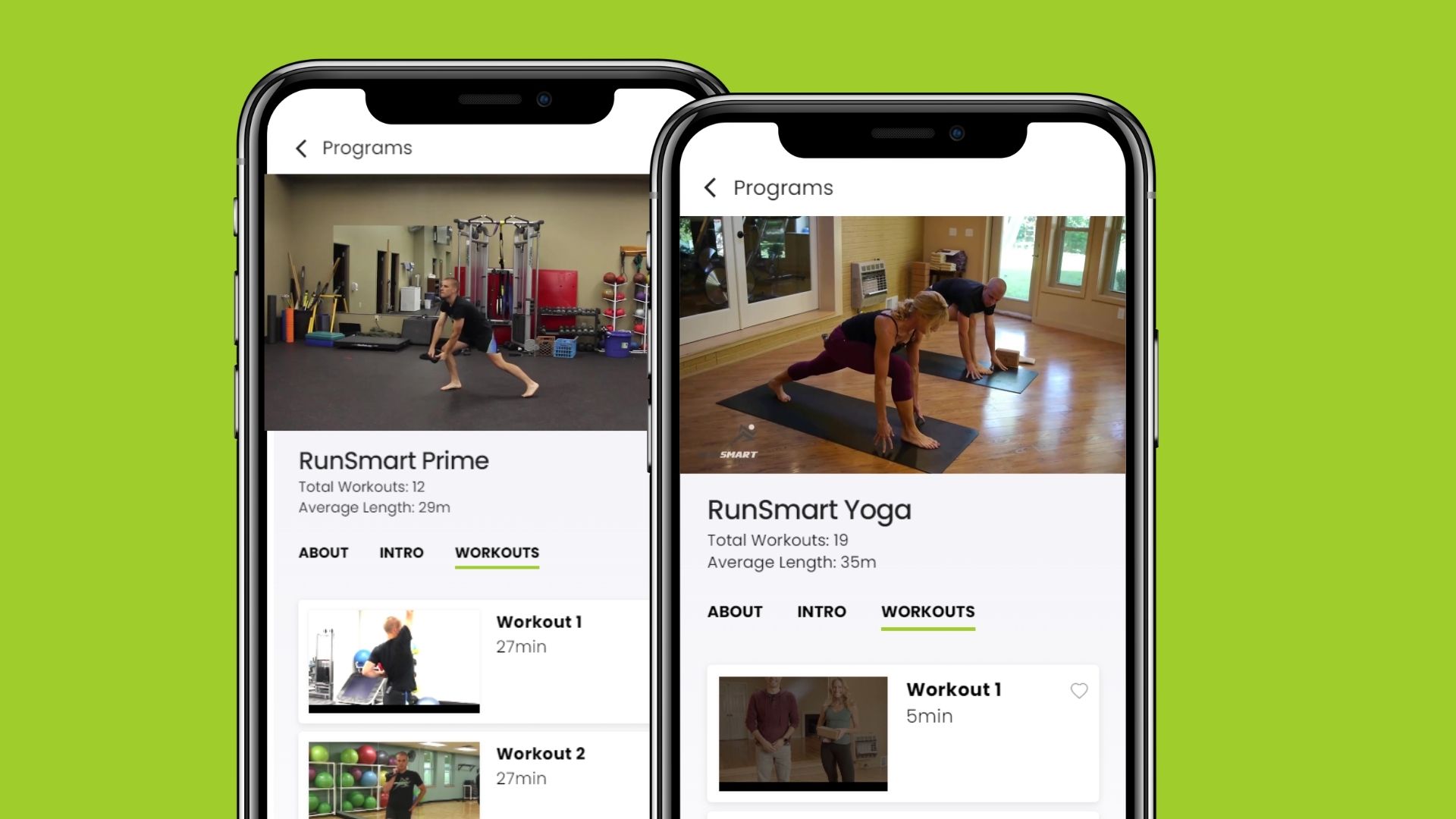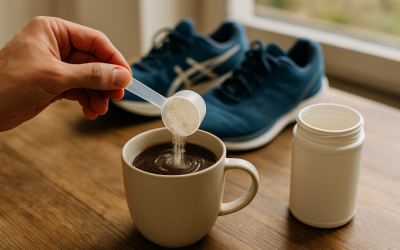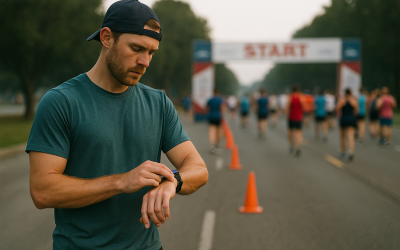If you’re a runner who scrolls through social media, you’ve probably noticed it: runner after runner posting about marathon finishes, back-to-back race weekends, and personal bests every season.
It seems like everyone is in an endless race with superhuman recovery, never skipping a beat or taking a break. This can make any runner feel like they’re slacking if they aren’t racing nonstop or pushing hard daily.
But here’s the truth: social media only shows part of the story, and often, it’s the part that looks best on camera.
As a physical therapist who has worked with runners for 15 years, I can tell you that what you see is only sustainable for a short time. Eventually – even the most talented runners – have to repay their bodies for overtraining.
If your goal is to be a lifelong runner, it’s time to break away from the comparison trap and train smart. Let’s talk about sustainable running and how you can stay injury-free on the road year after year.
The Myth of the Indestructible Runner
It’s easy to fall for the myth that some runners are just “built differently” or can push through race after race without issue. But behind every marathon medal or PR post is a recovery phase and often a host of unmentioned aches and pains. Just because you don’t see it doesn’t mean it’s not there. Research shows that 50-70% of runners experience injuries each year, many of which are caused by repetitive overuse.
But social media only highlights the highs, making it easy to feel like you’re not “doing enough” if you’re not following suit. The reality? Pushing through without prioritizing recovery can lead to severe breakdowns—physically and mentally.
Here’s how to escape the hustle culture and prioritize your long-term health and enjoyment of the sport.
1. Recovery Is Training: Schedule It Like You Mean It
Most runners view training as the miles logged, but the real magic often happens in the rest and recovery. For every mile raced, plan a full day of active recovery. That means no back-to-back marathons or “revenge racing” when a race doesn’t go as planned. Recovery isn’t just taking a day off; it’s intentional time spent allowing your muscles to repair, your mind to reset, and your body to prepare for the next challenge.
2. Your “Easy” Runs Need to Be Easy
Let’s talk about one of the best-kept secrets of elite runners: easy runs are EASY. Some of the world’s fastest athletes run three or more minutes per mile slower on their recovery days than their race pace. Embracing a slower pace doesn’t mean you’re falling behind; you’re building a strong aerobic base and giving your body the break it needs to adapt.
If you’re tempted to speed up, remind yourself that your easy runs are where you can recover while still staying active. Think of these runs as an investment in your future performance. Runners who embrace these slower paces consistently see fewer injuries and more improvement in speed over time.
3. Strength Training: Your Secret Weapon for Staying Injury-Free
Many runners love to run and “like” (used loosely) to strength train. Adding strength training to your routine is one of the best ways to stay injury-free. Studies show that runners who incorporate strength training have up to a 50% lower risk of injury.
Focus on functional, runner-specific strength work—mainly single-leg exercises targeting the glutes, core, and hips—your primary support system. Runners who take time to build strength see a difference in how they feel, recover, and perform. And you don’t have to be a gym rat to make it work; two 30-minute sessions a week are enough to notice improvements in your resilience and power.
4. Reframe Your Perspective: Remember Why You Run
The social media highlight reel can make it hard to remember why you started running. Are you running to clear your mind, feel healthier, or challenge yourself?
Keeping these personal motivations front and center can be a powerful antidote to the comparison game. Remember that your journey doesn’t have to look like anyone else’s. Running is a long-term game; the goal is to keep doing it for as long as possible.
Escape the Comparison Trap: RunSmart Has Your Back
If you’re ready to take a smarter approach to running that goes beyond likes and medals, RunSmart is here to help. Our app is designed by Physical Therapists who understand what it takes to stay injury-free and train sustainably. From strength training workouts to pacing strategies and recovery-focused plans, RunSmart equips you with tools to run for life, not just for today.
Ready to train for the long haul? Start a 14-day free trial with RunSmart and discover how smart training can help you reach your goals and avoid burnout.




